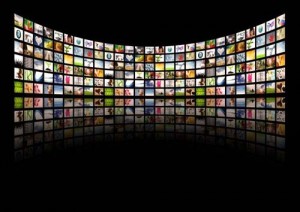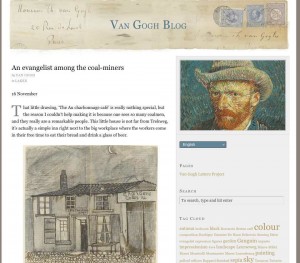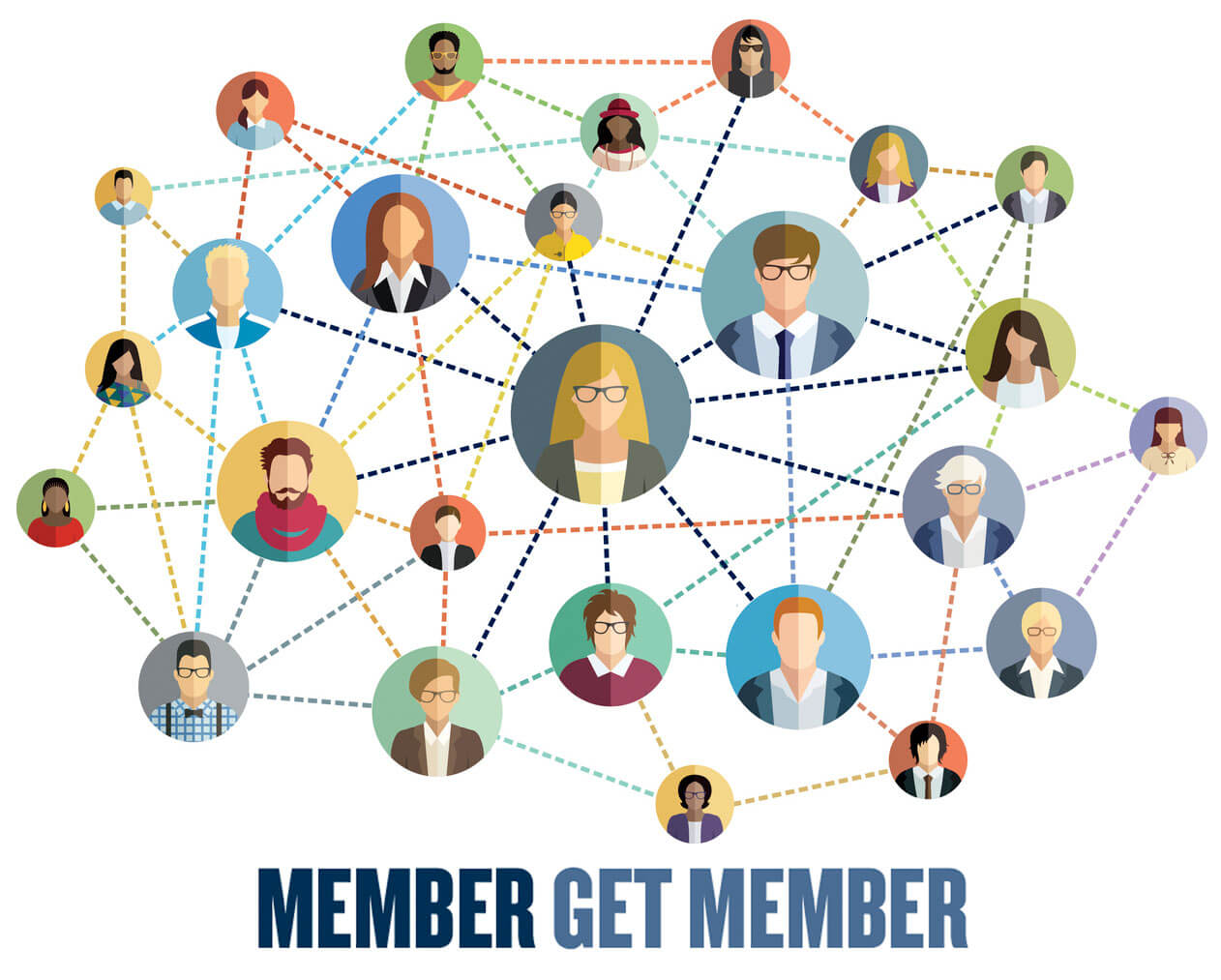 I love those weeks where a word arrives and won’t leave you alone. It started at the beginning of the week, with a conversation about MEX, a conference on mobile user interfaces. A few days later this presentation from Nina Simon arrived, later a friend working for a marketing agency announces that they are working on one and I start to get a little freaked out. Until Monday, I’d never heard the term multi-platform experiences. I soon realised that museums by the sheer nature of what they do are actually at the cutting edge of most of them.
I love those weeks where a word arrives and won’t leave you alone. It started at the beginning of the week, with a conversation about MEX, a conference on mobile user interfaces. A few days later this presentation from Nina Simon arrived, later a friend working for a marketing agency announces that they are working on one and I start to get a little freaked out. Until Monday, I’d never heard the term multi-platform experiences. I soon realised that museums by the sheer nature of what they do are actually at the cutting edge of most of them.
So, what is a multi-platform museum experience? To be honest, the term hasn't been completely thrashed out, yet. That said, a survey by MEX showed the BBC and Apple as the most recognised providers. However, I believe museums are probably some of the most advanced examples.
So far, I've found Multi-Platform could mean:
- Distributing the same experience over a number of different platforms (e.g. BBC programming on TV and web)
- creating different experiences using the same idea over a different platform (e.g. a programme on TV, a magazine article about the same subject and a radio programme)
- linking different platforms together to make one complete experience (there aren’t that many examples out there other than the museum world)
Same experience - different platforms
It turns out museums already provide multi-platform experiences for their exhibitions and collections all the time. Traditionally museums have been producing the same or similar content for the web, in kiosks located in the gallery, on wall text panels and in the catalogue. In most cases, this passes on information about the collection through different media - museum as all powerful knowledge provider and visitor as knowledge consumer. These are rarely coherent experiences, as each department provides the content for their own platform in their own agreed way.
Different experiences – different platforms
Where museums are leading in the field is connecting these platforms up to create cohesive experiences that extend beyond the walls of the museum and into other spaces. We now seeing experiences designed specifically for mobile, social media, vodcasts, podcasts, web apps, interactive tables, TV and Radio. I think the Smithsonian digital strategy wiki is one of the best places to see this type of activity starting to take shape, and I believe will be a reference point for many museum digital strategies in the future.
 Recent examples of this include:
Recent examples of this include:
- Van Gogh Letters at the Van Gogh Museum. The offer includes not just the exhibition but a Van Gogh blog, website and an iPhone app all providing different experiences based around the artists beautiful illustrated letters.
- Exploratorium Eclipse 2008 coverage used a mixture of webcast, website, blog, forum and second life webcast to allow their different audiences to access the experience of the solar eclipse in China
Both of these examples have attracted huge numbers of onsite and online visitors, providing engagement with the subject matter and well deserved marketing to new audiences. This isn't really that surprising, but what is surprising is the coherence of the message. I want to try each platform to find those different ways of experiencing this content. I'm not a huge eclipse fan, but I challenge you not to be engaged with this project. I don't think these projects can be cheap, but I don't believe they are any more expensive than providing multi-platform experiences in the more segregated way. Just a bit more planning and joined up thinking. And I hate to use the term return on investment in the museum context, but surely...
Next week, we'll look at linked experiences, however this week try and see how many times you spot a multi-platform project, and what difference they will make to the experience.
Photo:
Screenshot of Van Gogh Blog
http://www.vangoghsblog.com






